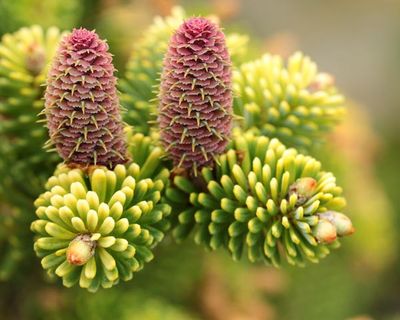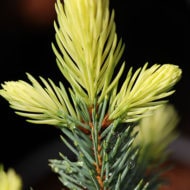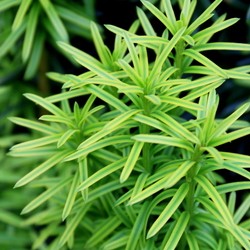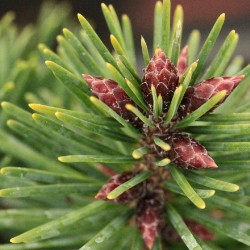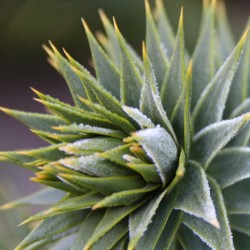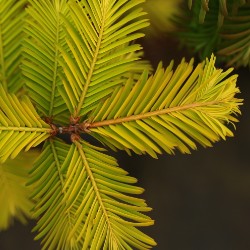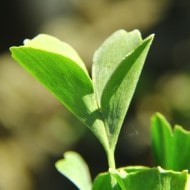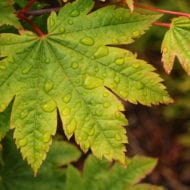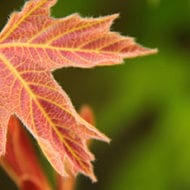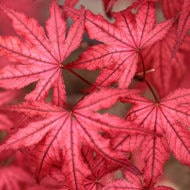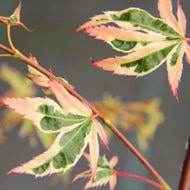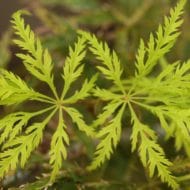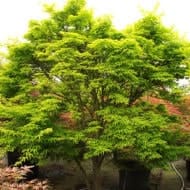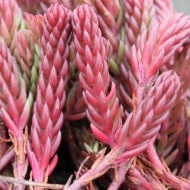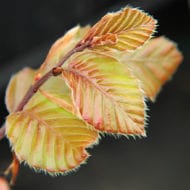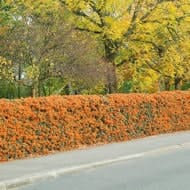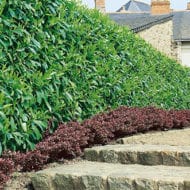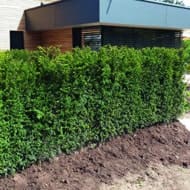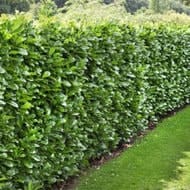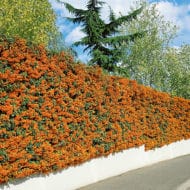Pinus sylvestris ‘Hillside Creeper’ Scots Pine
SKU: PinSyl-HillsideCreeper-0-0
Categories: Dwarf, Dwarf Conifers, Dwarf Conifers, Green, Green Conifers, Our Plants, Pinus sylvestris - Scots Pine, Spreading, Spreading/Prostrate, Zone 3, Zone 4, Zone 5, Zone 6, Zone 7, Zone 8
Tags: All Is Fixed, Hardiness Zone 3, Popular
Description
A carpeting form of Scots pine, this selection tends to become layered over time, but it rarely grows over one foot tall. It will spread out and creep along the ground to 8’ or more in time, so it is particularly effective on a bank or hillside. Green to bluish-green needles take on a yellow-green hue in winter. Exposed branching adds character and interest. Tough and adaptable, it likes dry to average moisture. Discovered growing in a Christmas tree plantation about 1970 by Layne Ziegenfuss, Hillside Nursery, Lehighton, PA.
USDA Hardiness Map

Plant Form

Additional information
| Weight | N/A |
|---|---|
| Latin Name | Pinus sylvestris 'Hillside Creeper' |
| Common name | Hillside Creeper Scots Pine |
| Sun Exposure | Sun |
| ANNUAL GROWTH | 6-9" |
| HxW@10 Years | 0.75'x4' |
| Color | green |
| Form | Spreading/Prostrate |
| Growth Rate | Dwarf |
| Hardiness Zone | Zones 3-8 |
| Color | |
| Growth Rate | |
| Form | |
| Your auto-detected zip code |  |
| hardiness zone based on zip code |  |
| You can also try another zip code |


